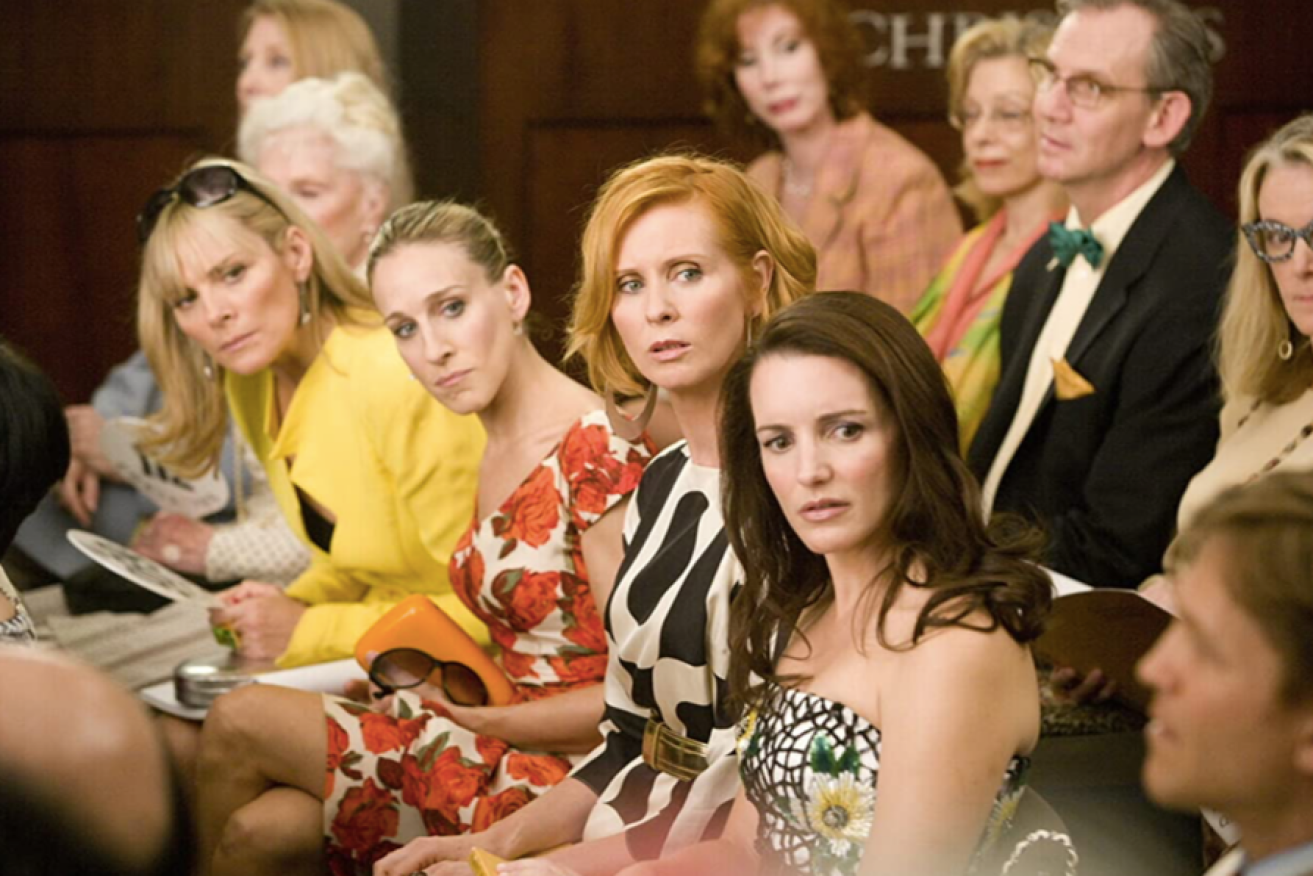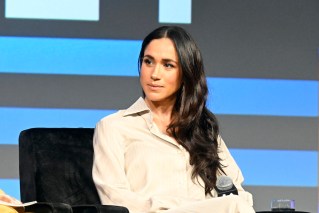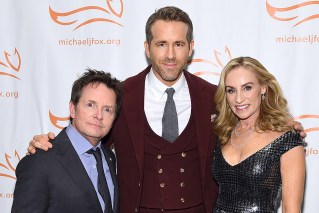Successes and failures of Sex and the City, before Darren Star’s new show


Sex and the City got a lot of things right, but it also often missed the mark. Photo: HBO / IMDB
Calling all Sex and the City fans: It’s time to mix an extra-strength cosmopolitan and slip into your gaudiest pair of Manolo Blahniks, because there’s a new Carrie Bradshaw in town.
Producer Darren Star is set to engage a whole new generation, but according to an expert, the enduring legacy of the cult show is more complicated than we might think.
Lily Collins, who is known for Ted Bundy biopic, Extremely Wicked, Shockingly Evil and Vile, and also her excellent eyebrows, will lead Star’s new romantic comedy series, Emily in Paris.
A Chicago native, Emily lands her dream marketing job in the city of love and must juggle making friends, her career and some exciting new romances.
Emily in Paris is written and produced by Star, so fashion and style will likely play a key role in the series.
As fans eagerly anticipate the show, which drops on Netflix on October 2, it’s worth looking back at Star’s most influential work and how it holds up today.
A few Big lessons. ..
For more than 20 years, fans have argued over whether they are a Charlotte, a Samantha, a Carrie or a Miranda.
(Spoiler: After years of being the underdog, everyone wants to be a Miranda now).
But despite the fact that Sex and the City has long been dismissed as frivolous, raunchy and superficial, the show has had a lasting impact on contemporary culture.
For many young women, Sex and the City taught us some of our most poignant and enduring life lessons that we have ‘Carrie-d’ with us since it aired in June 1998.
But Dr Jessica Ford, from the University of Newcastle’s school of humanities and social science, said the show’s legacy is slightly more complex.

The show has been praised for its representation of empowered women. Photo: HBO / IMDB
Success: Celebration of single women
Sex and the City was not the first show to explore dating and relationships.
But it was one of the most realistic, and one of the few that didn’t sugarcoat how exhausting, frustrating and ridiculous dating can be.
“It was also significant in its representation of women, and … in particular, women who were not defined by their roles as mothers or wives,” Dr Ford told The New Daily.
“Women have always been at the centre of television, especially US television, I Love Lucy, The Mary Tyler Moore Show – but they were very much defined by their domesticity or the fact they were mothers or wives.
“What Sex and the City really did was centre the single woman, and centre the single woman in an era in her life – her 30s and 40s – in which she was supposed to be, by normative cultural standards, married and/or child rearing.”
Success: Prioritising female friendships
Each of the women battle the wild world of modern dating, but they always have their strong support network to fall back on.
It was Charlotte, the hopeless romantic, who put it best when she said the women’s platonic bonds could be more fulfilling than any romantic relationship they had.
“Maybe we could be each other’s soulmates. Then we could let men be these great, nice guys to have fun with.”
Career, success and female independence were all championed in the show.
“It had a celebratory tone, these women and their lives were celebrated,” Dr Ford said.

The women all have glamorous, successful careers. Photo: HBO/IMDB
Success: The characters are flawed
One thing Sex and the City nailed is the fact that the characters were realistically flawed – and not always likeable.
“Carrie, in particular, was a real antihero,” Dr Ford said.
She wasn’t always likeable and she wasn’t defined by her likeability.
“Carrie had harsh edges. She was difficult.”
The women’s relationships and love interests were also flawed (except for you, Aidan, you deserved better), which made for relatable viewing.
And while the show dished out these very useful life lessons, it wasn’t all wisdom and logic.
Failure: Consumerism
One of the cornerstones of the series was fashion and style and, in particular, Carrie’s obsession with shoes.
“I’ve spent $40,000 on shoes and I have no place to live? I will literally be the old woman who lived in her shoes,” Carrie famously proclaims.
But, following the 2008 global financial crisis and, more recently, the coronavirus pandemic, the glamorised consumerism is one area of the show that has not aged gracefully.
“Consumerism reads very differently post-2008,” Dr Ford said.
“The consumerism reads as quite grotesque, but in an early 2000s era it didn’t read like that, it read as celebratory.
“The shoes were empowering, the fashion was empowering … It feels different now.”
Failure: Lack of diversity
Sex and the City ultimately paved the way for today’s diverse female-focused shows, but at times, it really missed the mark.
“There’s a lot of ways in which it was ahead of its time in terms of creating a space in which women were sexual subjects, in which they celebrated their sexuality and sexual agency,” Dr Ford said.
“But here are a lot of ways in which it hasn’t aged well in terms of its approach to sexual diversity.
“The parameters of sexual subjecthood are very narrow. They’re really only occupied by thin, white, heterosexual, traditionally attractive women.
“There’s quite a bit of transphobia and quite a bit of homophobia, both explicit and underlying.
“Whether it’s the way they talk about transgender sex workers, or how Samantha’s lesbian storyline is treated, or Charlotte’s brief experimentation with lesbian culture – they’re treated in quite homophobic ways.”








